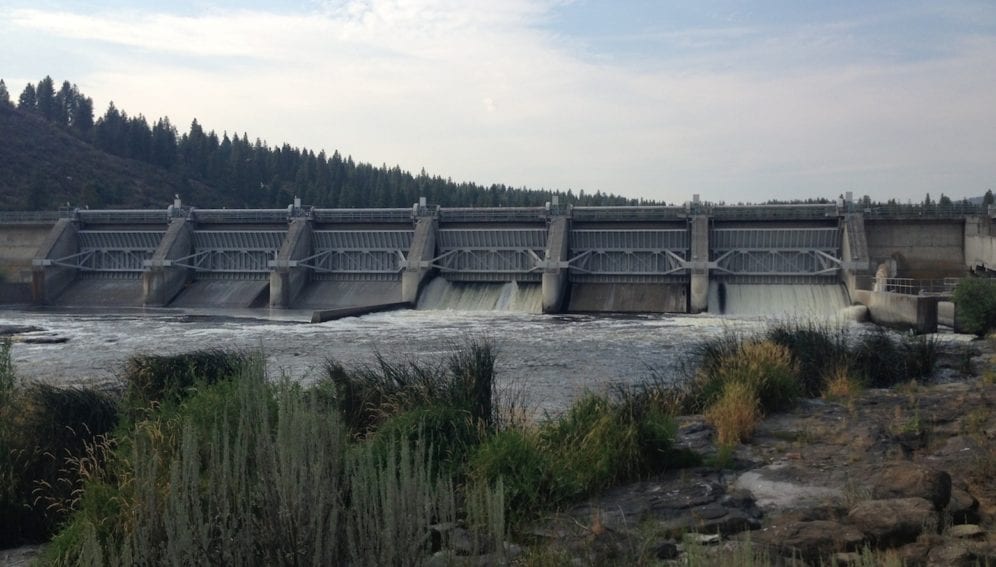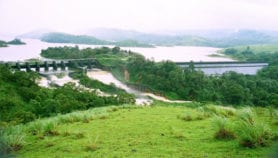Send to a friend
The details you provide on this page will not be used to send unsolicited email, and will not be sold to a 3rd party. See privacy policy.
Hydroelectric dams contribute more to global warming in the short term than previously estimated, according to a study, published in BioScience.
The current and planned boom of hydroelectric projects would double the current cover of dams in the world and will aggravate the problem.
The research states that dams emit about a billion tons of greenhouse gas, which is responsible for 1.3 percent of total annual global emissions.
Within a 100-year timescale, dams produce more methane than rice plantations and biomass burning.
“We estimate that dams emit around 25 percent more methane by unit of surface than previously estimated”, Bridget Deemer, from the School of Environment of the Washington State University in Vancouver, and lead author of the study, told SciDev.Net.
“Methane stays in the atmosphere for only around a decade, while CO2 stays several centuries, but over the course of 20 years methane contributes almost three times more to global warming than CO2, a relevant period for policymakers”, she adds.
Methane is produced at the bottom of the reservoirs, where oxygen is low and bacteria decompose organic material, like trees and grasses, which is already present or carried by watercourse. Part of the methane becomes CO2; the rest is carried to the surface as bubbles.
Analyzing more than 250 dams (a quarter of the total global occupied area) and including bubble-based emissions, the researchers found that dams also emit more methane than lakes and wetlands.
Emily Stanley, a professor in liminology and marine science at the University of Wisconsin-Madison, said that the study is “very relevant” because it delivers the best available information about greenhouse gas emissions from dams. It shows that high methane emissions are not linked to the location or antiquity of the reservoirs, as other researchers suggest, but to the quantity of organic material.
According to the study, algae that proliferates in downstream dams may receive more nutrients such as nitrogen or phosphate, and therefore produce more methane.
Deemer is enthusiastic about the possibilities that this research presents for designing, situating and operating dams that emit fewer gases.
The researchers have suggested that the Intergovernmental Panel on Climate Change consider these methane emissions in future budgets.
This article was produced on the Latin America and Carribean edition.














